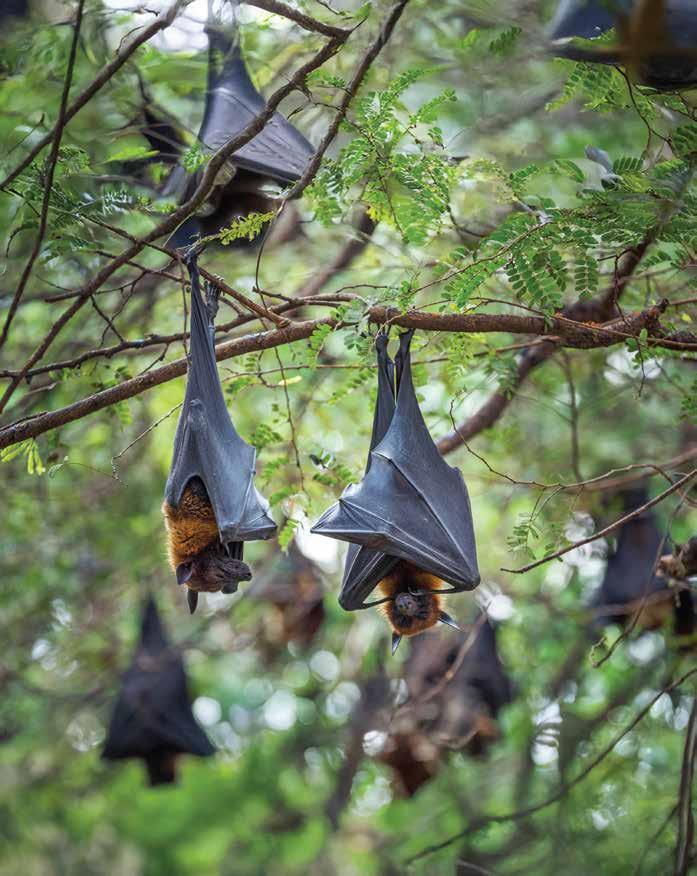

Say Goodbye to Mosquitoes Support Bats
Nighttime Pollinators & Mosquito Hunters
When the sun sets and the moon rises, a different kind of pollinator gets to work. Bats can eat up to 1,000 mosquitoes per hour, making them nature’s pest control! But their benefits don’t stop there.
Many native plants bloom at night, releasing sweet scents to attract bats. With their keen sense of smell and echolocation abilities, bats expertly navigate the dark, sipping nectar and spreading pollen as they go.
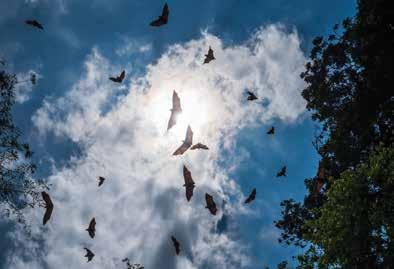
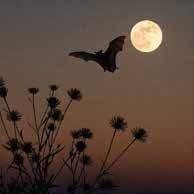
1. Vital night-time pollinators for native plants
2. Help maintain biodiversity and healthy ecosystems
3. Control insect populations naturally —no pesticides needed!
4. Support native plant reproduction even while we sleep Why Support Bats ?
Why Bat
Pollination Matters
The role of bats in pollination extends far beyond just producing food. They are vital to the health and regeneration of many ecosystems. By moving from flower to flower, they help plants reproduce, which in turn supports other wildlife and maintains biodiversity.
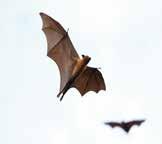
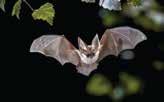

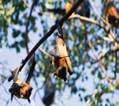
Economic Impact: The crops pollinated by bats contribute significantly to the global economy, and their role in
maintaining healthy forests and agricultural systems cannot be underestimated.
Biodiversity: Bats help sustain various plant species, which in turn support a wide range of animal life, creating a balanced and thriving ecosystem.
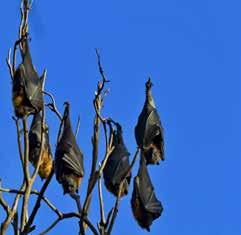
Challenges Facing Bat Populations
Despite their crucial role, bat populations are under threat from habitat loss, climate change, and diseases like White-Nose Syndrome. As their numbers dwindle, so does their ability to perform these vital ecological services.
You Can Help Bats & Lose the Mosquitoes
You can contribute to the preservation of these amazing creatures by turning your yard into a bat-friendly habitat.
Attracting bats is a natural, sustainable way to reduce mosquito populations—no chemicals needed.
Install a Bat House
Bats are incredible natural pest controllers, capable of eating thousands of mosquitoes in a single night—and they need our help. Bats need safe roosting sites to rest during the day and raise their young, and installing a bat
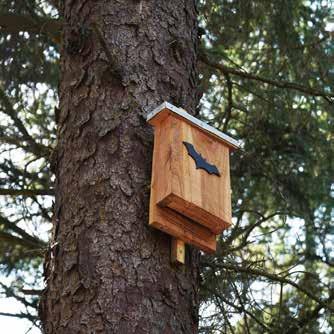
house is a simple, effective way to support them. To create an ideal setup, mount the bat house 12 to 20 feet high, facing south or southeast to catch the morning sun, and place it away from bright lights. Be sure the area around the house is free of obstructions like branches or wires, so bats have a clear flight path in and out.
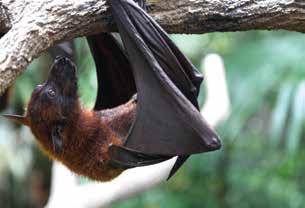
Plant for Bats
Night-blooming flowers bring a unique, enchanting beauty to gardens and attract nectar-feeding bats, boosting your garden’s ecological value.
WHAT TO PLANT
Choose dusk-opening, fragrant flowers like evening
primrose, moonflower, night-blooming jasmine, and four o’clocks.
Native Plants: Opt for native plants, as they are more likely to attract local bat species and support the ecosystem.
Diverse Planting: Create a variety of blooming plants to ensure continuous opportunities to attract bats.
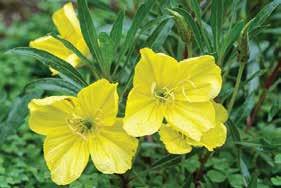
Evening Primrose
‘Missouri Evening Primrose’ is a praire native known for its long lived beauty. From May to August it produces spectacular, 3 inch wide, mildly fragrant, lemon-yellow blooms that contrast quite nicely with its dark green foliage. Ideal for edges of pathways and in rock gardens this perennial also pairs well with almost any other summer bloomer!
Pugster White features stunning plump white colored blooms that are elongated and fragrant and are pollinator magnets. Its dwarf size and sturdy tidy branching make it a stand out plant that adds late season color and texture to the garden!

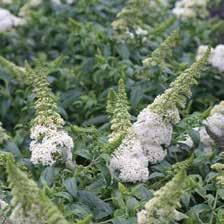
Pugster White Butterfly Bush
